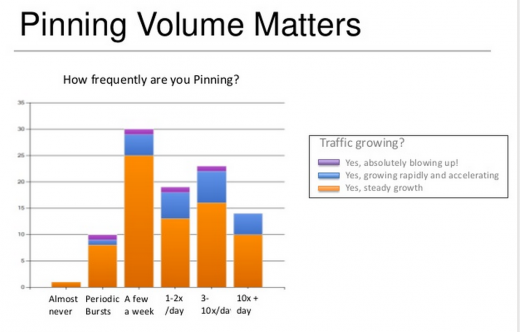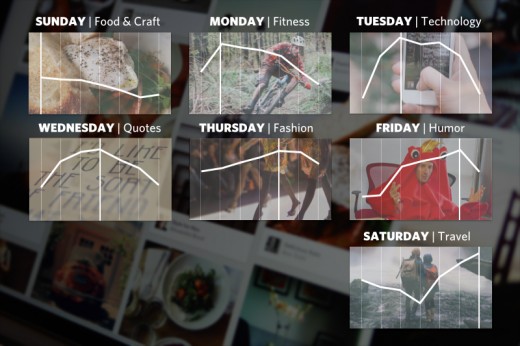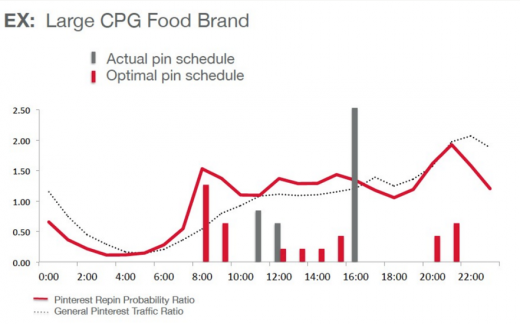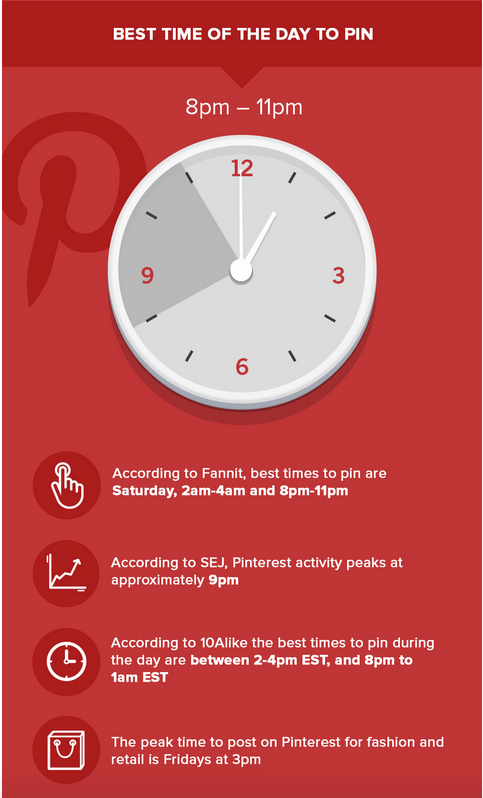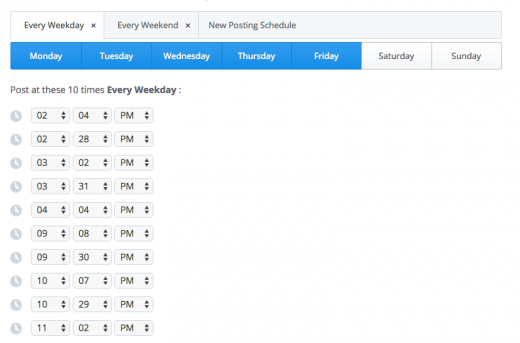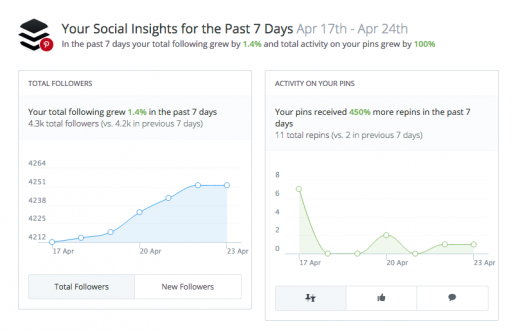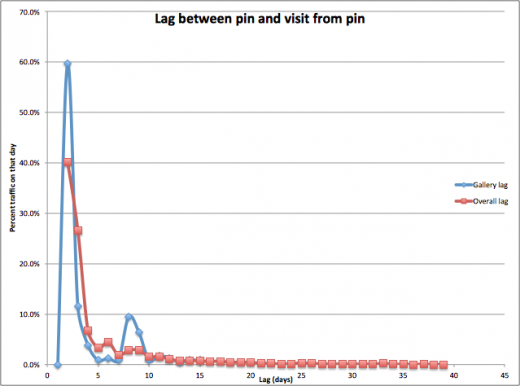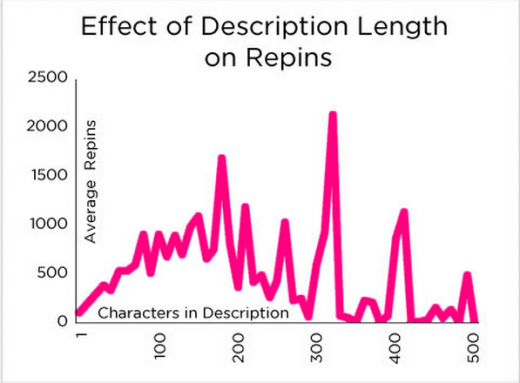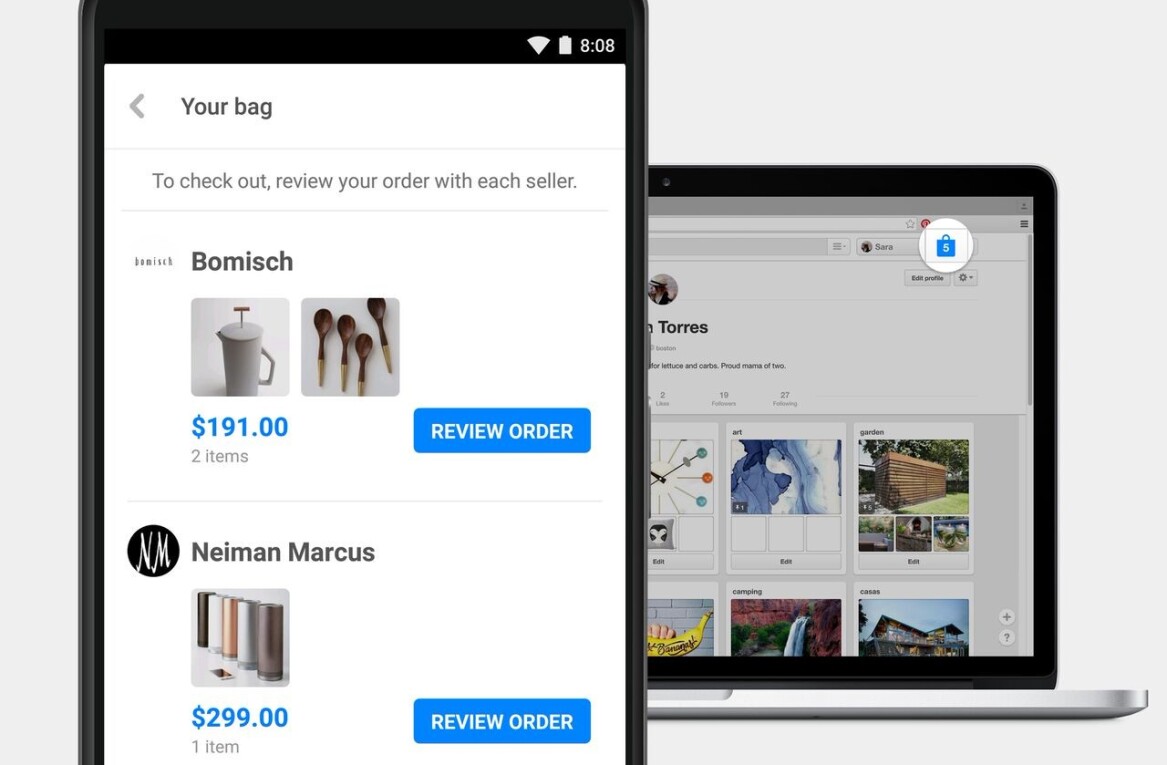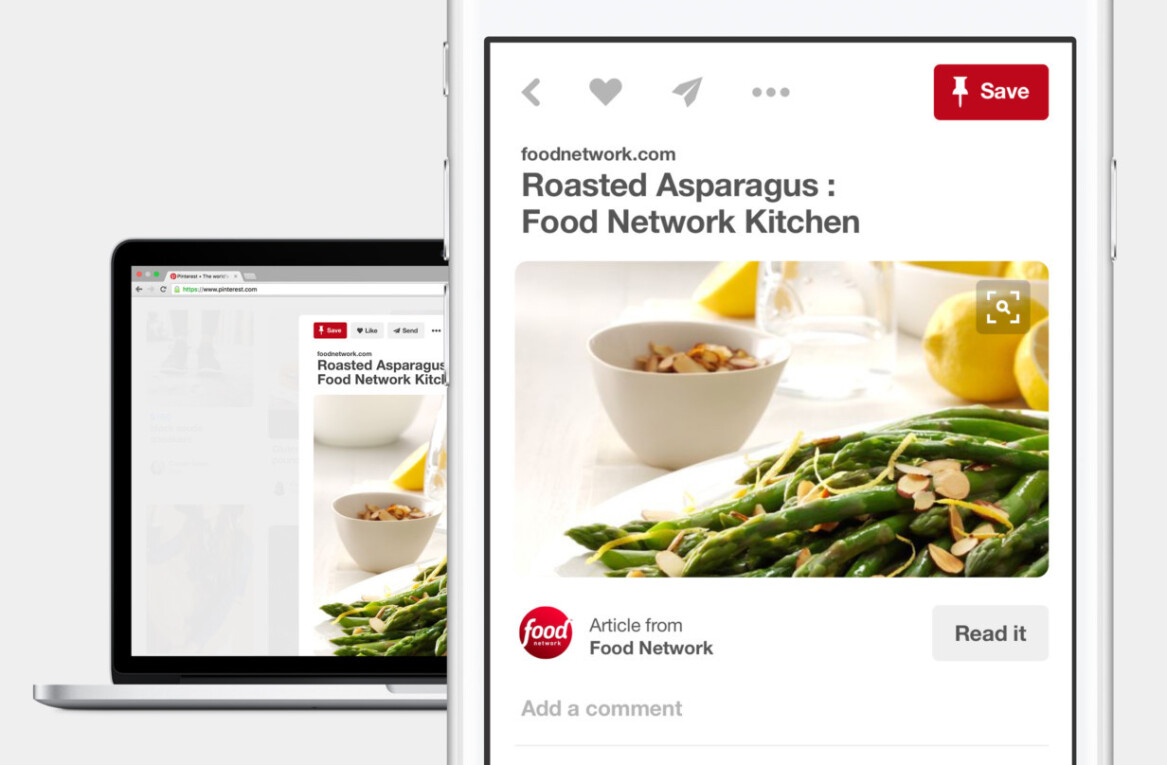
Like on most other social media networks, a consistent sharing strategy is important on Pinterest in order to build your following.
Most marketing experts agree that spreading your Pins throughout the day is a handy thing to do. Varying your timing exposes you to different segments of the Pinterest population and can lead to more exposure, repins and followers.
And with Pinterest’s recent change to a Smart Feed that personalizes what you see in your account, you can pin pretty much anytime without overwhelming your audience.
So what is the best frequency for Pinterest? What are the best days and times to post? And what sorts of pins do best when? We compiled the best of the data that’s out there into this Pinnable graphic:
Here are more details on each factor.
Best Pinterest frequency: Between 5 and 30 Pins a day
As we reported in our infographic with SumAll, How Often Should You Post on Social Media?
Visual marketing service Piqora interviewed 200 big-time brands like Whole Foods, Lowes, LL Bean, and discovered that many had experienced the most consistent Pinterest growth somewhere between “a few pins a week” and “three to ten pins per day.” (Note that this survey was pre-Smart Feed.)
On the higher end of the spectrum, the folks behind Ahalogy, a Pinterest marketing platform, say the sky’s the limit when it comes to Pins per day. Pinterest is different than other social media networks, says Ahalogy founder Bob Gilbreath, and requires re-thinking the “social media rules.”
Ahalogy says its clients have seen the best results when they Pin 15 to 30 items per day, with pins spread throughout the day.”
Our best advice? Pin as much quality content as you have time for! You’re very unlikely to overwhelm your followers thanks to the Pinterest Smart Feed algorithm, and each Pin is a new chance to grow your exposure and audience.
Here at Buffer, we like to batch tasks like this to make the best use of our time. You may find that scheduling through Buffer allows you to set up lots of pins in just a few minutes each day!
Pinterest timing by day: Saturdays are prime time
Different topics peak on different days
When it comes to timing, there’s not a bad day to post on Pinterest. But different topics perform at varying levels on different days of the week.
Pinterest shared some great info on these correlations last year. Here’s a look at what people are most like to focus on and Pin on different days of the week:
- Monday: Good intentions in fitness
- Tuesday: Gadgets are all the rage in technology
- Wednesday: Need a little something to get through the week — inspirational quotes
- Thursday: Threads lead Thursday with fashion
- Friday: Funny GIFs bring comic relief to the end of the week
- Saturday: Vacations are top of mind with travel
- Sunday: the week closes with food and craft ideas
Additionally, a bitly study found that Saturday is a great overall day for Pinning—when users have some extra time for projects or dreaming.
Most people log on infrequently
Some more info that might help: According to recent research from Pew, 17 percent of Pinterest users visit the site daily, and 9 percent visit several times a day. A bigger portion, some 29 percent of users, go on Pinterest weekly, while 52 percent say they visit the site less often.
All the more reason to Pin consistently and frequently—you’ll catch users no matter what their schedule might be!
Pinterest timing by hour: Afternoons and evenings rule
Top time of day varies per topic
With so many different audiences and categories of content, Pinterest provides an interesting challenge when it comes to pinning down (ahem) the best times of day to post.
According to a study of nearly 10 million pins by Digitas and Curalate in 2013, the best times to pin vary by topic/industry.
For example:
- Friday at 3 pm Eastern is prime time for fashion Pinning.
- Electronics Pins do best Mondays at 10 pm Eastern.
- Automotive Pins do well Fridays at 12 pm Eastern.
Ahalogy found that between 8 pm Eastern and midnight any day is peak time for pinning recipes about chocolate, and discovered that food brands could see the highest repin potential at 8 am and the highest traffic potential from 10-11 pm.
Afternoons, evenings, whenever there’s free time
Generally speaking, a good bet might be to focus your Pinterest scheduling around
Quicksprout pulled many of the timing stats out there about Pinterest into one recent infographic. Note how most of these findings are clustered in the afternoon, during the time you might want a break from work, and in the evening, when the day’s responsibilities and chores are through.
Find your optimal schedule
To find what will work best for your industry and Pins, consider questions like:
- What time zone are the majority of your audience in? Pinterest Analytics gives you great hand here with its “Audience” segment; here’s a peek at the results of ours:
- Would you hope to reach Pinners in another time zone than your own, or in a variety of time zones?
- Consider your audience or who think your ideal audience might be: How might their day be structured? What are they doing, when?
With the Smart Feed, consistency trumps perfect timing on Pinterest. Try Pinning across the day to up your chances of reaching more people. If you note that Pins posted at a particular time do well, keep it up in that time slot!
Here’s Buffer’s Pinterest schedule
Since uncovering all this research, I thought it might be handy to use it to craft our schedule for Buffer’s Pinterest account. I’d love to share it with you here!
Since we’re a smaller team, we’re starting our Pinterest scheduling on the lower end of the 5-30 range, with 10 Pins per weekday and 15 on weekends.
On weekdays, we’re clustering posts between 2-4 p.m. and 9 p.m.-11 p.m. (all times are Eastern).
On weekends, we’re trying a Pin-every-hour strategy.
We’ll use Buffer’s Pinterest analytics to analyze our follower growth and traffic month-over-month and then make some adjustments. So far, we’ve seen some nice growth!
Pins are highly searchable: Make yours easy to find
No matter what frequency and timing you choose, every valuable Pin you share is likely to be well worth it in the long run. Pinterest is highly searchable, so Pins can have a very long shelf life.
In studying the half-life of Pins, Piqora discovered that:
- 40 percent of the clicks happen within the first day.
- 70 percent of the clicks happen within first two days.
- The remaining 30 percent clicks come all the way through 30 days and beyond.
The key, Piqora CEO Shara Verma explained to Venturebeat, is that Pinterest doesn’t share Twitter and Facebook’s emphasis on immediacy. Pinterest visitors browse and search the network in a way that makes it as much like a search engine as a social network.
“In the world of Google, 70 percent of searches are long-tail, composed of four or more words,” Verma says. “Our hypothesis is that the same thing is happening on Pinterest … searching and Pinterest categories resurface the old pins.”
Tips to make your Pins search-ready
With Pinterest’s Smart Feed, we can expect more people to discover Pins through search and discovery. Here are some tips that could help you set yourself up for search success:
- Make sure all your content has rich, Pinnable, and well-captioned images.
- Make sure your pins link to a useful and relevant website.
- Move keywords toward the front of board names and Pin descriptions to make them easy to find.
- Optimize your headlines and image fields: Buffer pulls in the article’s headline as your Pin’s default description. Pinterest pulls in an image’s caption. (If there is no caption, it pulls alt text instead, and failing that, meta title).
- Add advice, instructions or how-tos when you can – informative Pins are up to 30% more engaging than other Pins!
- Prioritize clarity over cleverness in your Pinterest text.
- Try for a description of between 200 and 310 characters. According to Dan Zarrella, who researched 11,000 pins, that’s the most repinned and commented-upon description range.
Quick tip: Buffer can lend a hand in making sure your Pins have rich caption info. Try highlighting a bit of info before using the Buffer extension on your image of choice—Buffer will grab the quoted text so you can quickly use it as a caption for your Pin.

Over to you!
We’ve had so much fun diving into all there is to know about optimizing for Pinterest, and I know I still have lots to learn! My major findings here:
- Consistent Pinning is the best way to optimize your reach
- There’s no such thing as too many Pins
- Anytime your audience has free time (afternoons, evenings, Saturdays) is a great time to Pin
Read Next: 11 ways to maximize engagement on your tweets
This post first appeared on the Buffer blog.
Image credit: Shutterstock
Get the TNW newsletter
Get the most important tech news in your inbox each week.


